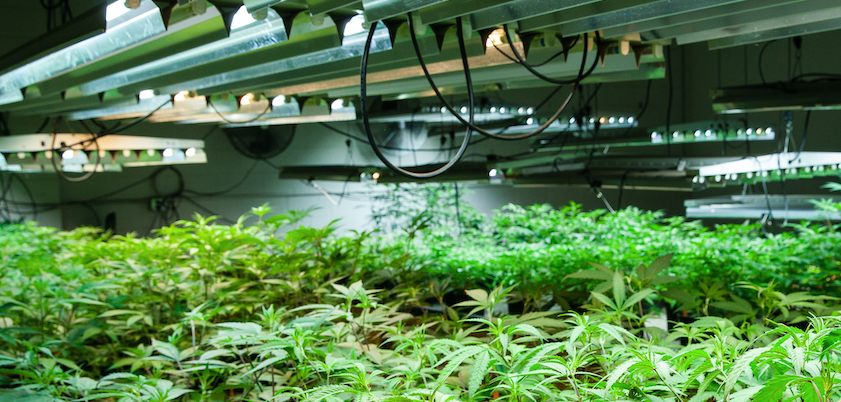04.24.2024
Biodiesel output strong in Q2; producers start locking in Q3-Q4 sales

A second producer echoed this sentiment and said they have had to work a bit harder to secure feedstock to line it up with sales at the right time.

The second year of national hemp production is another year of learning for much of the country. Producers that have grown one or more season are solving problems that arise, and refining their systems, like any farmer must do with a new crop. Producers are still in a capitalization mode, but with far more spending discipline than the 2019 season, in light of falling hemp prices and other market realities.
For much of the 2020 hemp crop, plant genetics are poorly matched to environment. For areas with a Mediterranean climate like the Emerald Triangle of California and Oregon, dense, stout, plants can yield well over a ton/acre of fungus-free material, and a ton and a half is not unusual. But even parts of Oregon saw fungus in the 2019 crop after atypical rains in September. The key to this, says Gordon Jones of Oregon State Extension, is the duration of rain events, or rather how long plants stay moist.
The Willamette Valley and other parts of Oregon saw most of the fungus problems in 2019, but even Rogue Valley producers dealt with this last year. Colorado, Southern California, the Southwest, and other parts of the greater Intermountain West can support cannabinoid crops that lack ideal airflow. For much of the US though, the plants are poorly suited to climate.
The issues seen by many US hemp producers aren’t limited to one element, among weather, pests, disease, or plant structure. Crop problems are often compounded, so that an insect population alone may not be as destructive, but add the frass (insect feces), a wet summer, and impenetrable canopy, and you have ideal conditions for an endless list of fungus or bacteria. Add a wind event on top of this, and a marginal crop can become at best, a partial loss.
At the University of Wisconsin – Madison virtual field day on Friday, researchers noted Powdery Mildew, European Corn Borer, and other fungal diseases like botrytis as the typical cast of characters. Elsewhere, Southern Blight has carved out much of the harvest in Louisiana and Coastal Texas, and Corn Earworm seems to be fairly ubiquitous, and likely to only increase in frequency in hemp crops. This is particularly true now, owing to lack of crop rotation, where pests like earworm will have reliable habitat in US hemp crops, year after year.
Lodging was also mentioned at the UW field day, something that has happened in many hemp stands, including tall fiber crops in Louisiana. For many producers in the eastern US, they’re seeing significant splitting as a result of poor plant structure and accompanying wind events. Some damage is to be expected in the 40+ mph winds, but the emphasis on cannabinoid traits by plant breeders — or the enthusiast/hobbyists that largely make up the segment — have left plant structure wanting, not to mention pest and disease resistance. These are long-term prospects in conventional plant breeding.
The cannabinoid crop garners the most attention now, but the grain and fiber segments are poised for gradual, steady, long-term growth, which is likely more sustainable than the circus of CBD. Grain and fiber cultivars have enjoyed far more development globally but aren’t universally adapted. There isn’t sufficient research or even experience in growing a range of genetics in different locations, with photoperiod being a key aspect of adaptation. European hempseed cultivars aren’t well adapted to the tropics, where daylight is far more consistent year-round than higher latitudes.
Other countries – and some US states – maintain lists of allowable cultivars, like the one found in the European Union. The USDA chose to step back from a national seed certifying program, leaving the industry to develop piecemeal, under a wide range of agencies and standards. This makes sense from the perspective of regional adaptation, in that certifying cultivars for all of the US isn’t practical. The level of frustration felt by growers has eased since last year, but the problems still exist, and the fixes are long term. This only highlights the immense need for research in hemp, which is accelerating. The collaboration between Midwestern universities is an exciting development this year that will accelerate progress. The USDA will ideally play a role in development of hemp seed genetics, providing both funding, and some consistency across state lines.
Field days are important incubators to agricultural progress, where farmers can see crops and talk shop with peers. In our new world where public events are few and far between, virtual events like this recent UW one, and one tomorrow hosted by OSU must suffice. The Hemp Mine is hosting field days in South Carolina (last week) and Michigan, but for the most part, it’s Zoom.